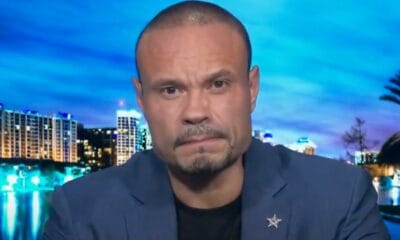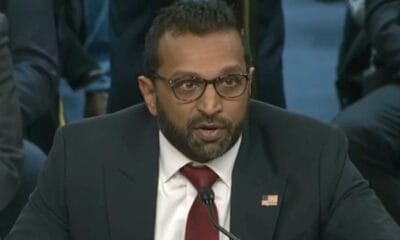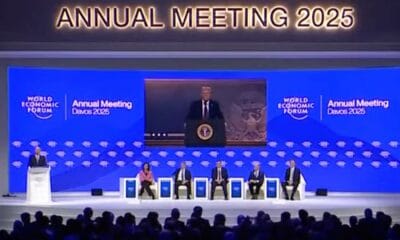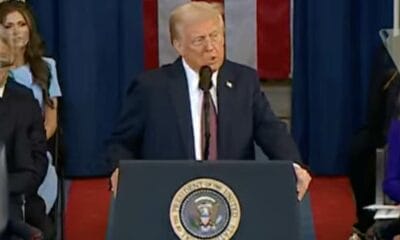2024 Election
Experts: Trump Assassination Attempt Exposes Critical Flaws in Secret Service Tactics
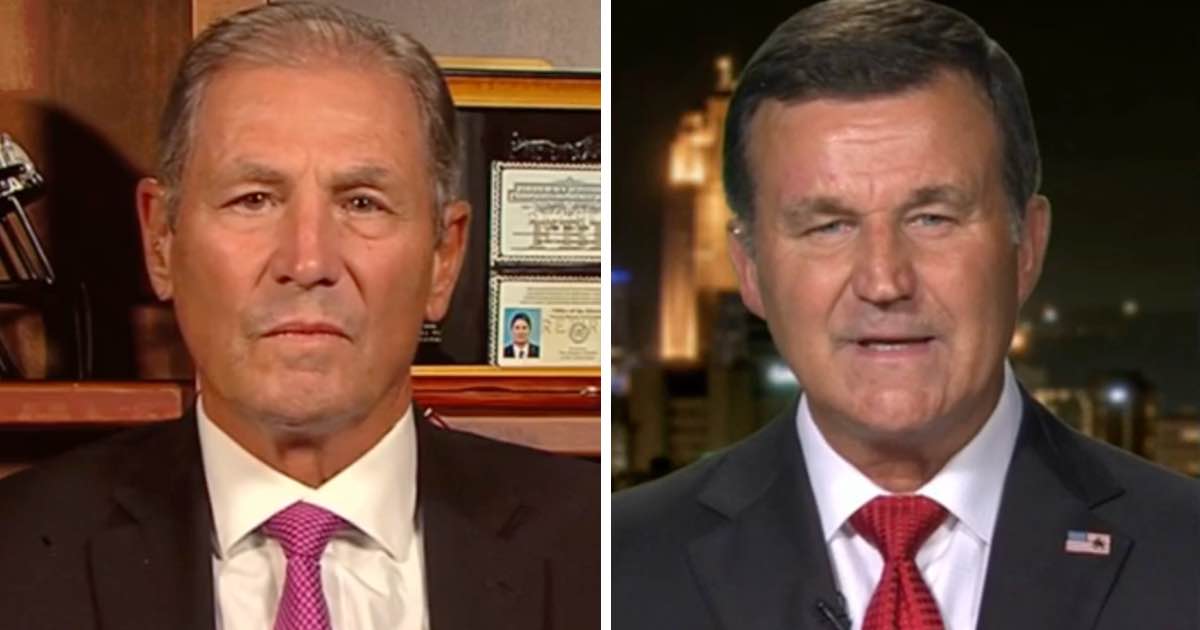
In a recent segment on The Ingraham Angle, former FBI Assistant Director Chris Swecker and former U.S. Secret Service (USSS) Special Agent Frank Loveridge offered critical insights into the second assassination attempt on former President Donald Trump, highlighting gaps in security protocols and protective strategies.
Loveridge, with extensive experience in protective operations, expressed concern about the execution of security measures during Trump’s time on the golf course. He pointed out that the attacker was reportedly in the area for hours without being detected, emphasizing, “Why wasn’t he detected by a team that was doing a sweep?” Loveridge underscored the importance of continuous, coordinated protective efforts, noting that there should have been a team actively sweeping the area to ensure the president’s safety. “This should have been treated with all of the resources,” he said, highlighting a failure in securing the perimeter.
Josh Hawley Questions Secret Service Failures, Calls for Accountability on Trump Security
Swecker echoed Loveridge’s concerns but went further, criticizing the Secret Service’s leadership and methodology. He dismissed the idea that the incident resulted from limited resources, calling that explanation “a cop-out.” Swecker argued, “This is not a resource problem. It’s a methodology issue, a leadership issue. You’ve got to prioritize your resources and put them where they’re needed the most, especially if your core mission is protection.” He stressed that the agency must adapt its methods to address modern threats, remarking, “This is 2024, and things are very different than they were 20 years ago.”
Both experts raised serious questions about the tactical decisions made during the event. Loveridge questioned whether the protective team had properly prepared for off-the-record movements and stressed the need for more advanced surveillance measures, such as drones or infrared systems, to detect threats. He noted that Trump, facing an elevated level of danger, requires heightened security. “There’s more of a threat against President Trump,” Loveridge said, pointing to recent incidents that underscore the escalating risks.
Suspect Arrested in Second Assassination Attempt on Trump
In the end, Swecker and Loveridge agreed that until leadership within protective agencies shifts its mindset and methodology, security will remain vulnerable. Their assessment pointed to an urgent need for a strategic overhaul to prevent further security lapses, especially for high-profile figures like Trump.



